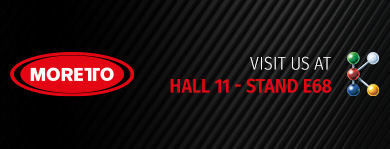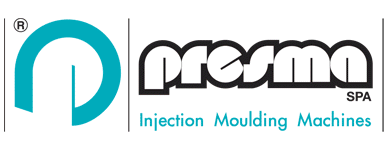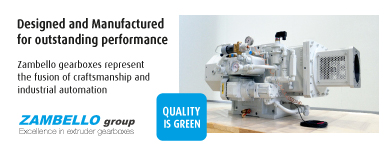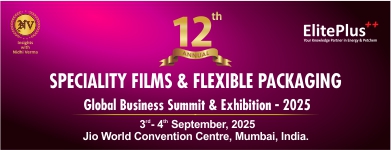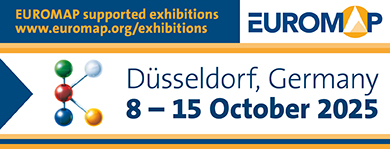A new protocol to simulate the circularity of PET bottles

The European PET Bottle Platform (EPBP) has launched the Circularity Test Protocol, a new framework designed to simulate multiple recyclability cycles of PET bottles, with the aim of promoting sustainable development and resource efficiency throughout the value chain. The launch of the Circularity Test Protocol provides industry stakeholders with a powerful tool to meet ambitious environmental targets. EPBP’s Design for Recyclability Test Protocol already aligns with the EU’s Packaging and Packaging Waste Regulation (PPWR) and the Circularity Test Protocol can be seen as the next evolution towards true circularity.
“With this new protocol, EPBP reinforces its commitment to fostering sustainable packaging innovations that embody true circularity,” said Antoon Spiessens, co-chair of EPBP representing Unesda. “This protocol offers industry stakeholders a reliable framework to assess and improve the circularity of PET bottles during their R&D phase,” said John McClelland, co-chair of EPBP representing Petcore Europe.
Circularity is defined as maximising resource use, minimising waste, extending product lifespans and enabling effective recycling, and forms the cornerstone of European Union (EU) policies and packaging legislation. The Circularity Test Protocol is designed to simulate multiple recycling loops and better address the evolving needs of the PET industry as the content of recycled PET increases under EU policies and associated legislation.
EPBP will initially offer both test protocols to applicants seeking a recyclability or circularity assessment. EPBP will collaborate with relevant stakeholders to establish a transition period for the newly developed PET Circularity Protocol and its associated design guidelines. This transition period will enable the industry to prepare for the new design-for-circularity guidelines. These will be announced by EPBP in the near future. During this transition period, applicants may choose whether to validate their packaging innovations based on either the recyclability or circularity protocols. However, EPBP strongly encourages applicants to begin adopting the circularity protocol. Innovations successfully validated under the recyclability protocol may face challenges when reassessed against the circularity protocol, emphasizing the importance of early adoption.




